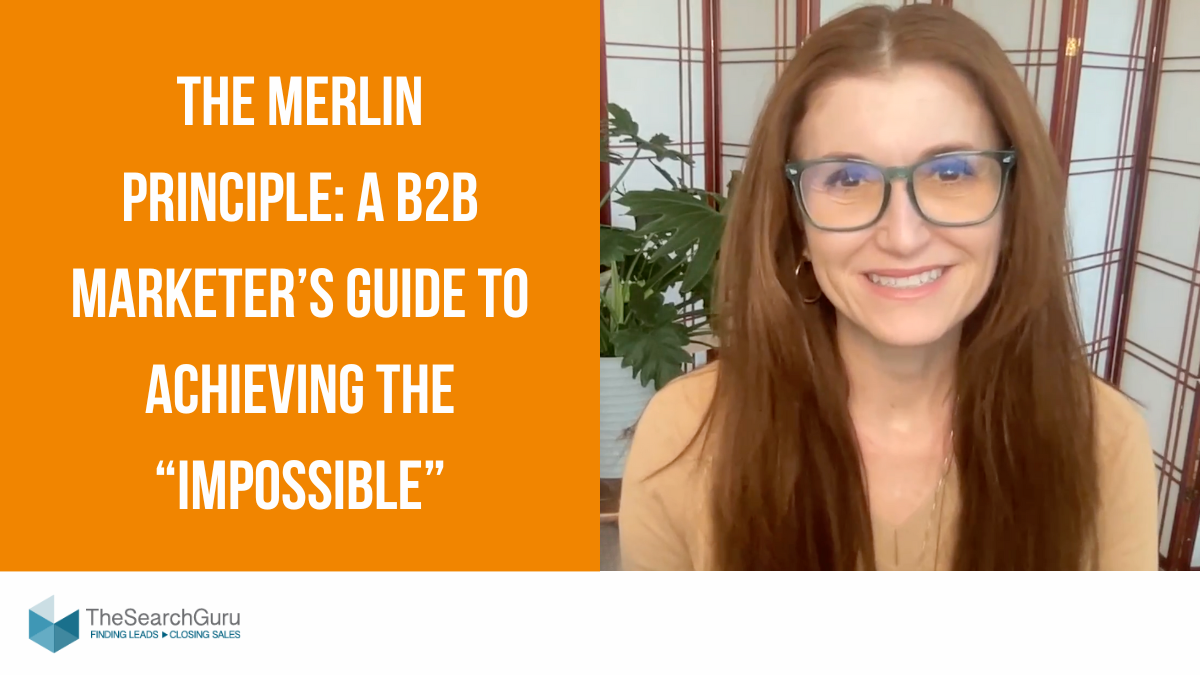Effective listening skills are at the core of SEO
“I make progress by having people around me who are smarter than I am and listening to them. And I assume that everyone is smarter about something than I am.” Henry J. Kaiser
Listening served Kaiser well. He became known as the father of modern American shipbuilding (Kaiser Shipyards, Kaiser Steel and Kaiser Aluminum). He also created Kaiser Permanente to provide health care benefits to his workers and formed two auto companies that focused on safe design.
He also:
- Became involved in the construction of civic centers and dams
- Initiated the Kaiser Family Foundation to help solve tough health care issues in a non-partisan way
Kaiser listened well, no doubt. All too often, though, we listen for what we expect to hear, rather than hearing what is actually being said. All too often, we’re formulating our replies when we should be seeking to understand another point of view.
And, who can educate you the most about what your business needs? According to John F. Smith, former CEO and president of General Motors, the answer is your customers: “We listened to what our customers wanted and acted on what they said. Good things happen when you pay attention.”
Here are eight ways that listening is at the core of SEO:
1) You can listen to how your clients and prospects talk about issues that your products and/or services can solve through:
- Keyword research
- Keywords used to find your site
- Questions/comments (email, social media, in person)
2) Use a good portion of your copywriting time to address the issues being raised – by answering the questions actually being asked along with any deeper questions that you can discern. Remember that “the most important thing in communication is hearing what isn’t said” (Peter Drucker, a consultant who contributed greatly to the formation of the modern business corporation).
3) Carefully read the comments made on your blog and provide a personalized answer to each person until you have so many that you need to be more selective. Which posts generate comments and which ones don’t?
4) Listen to what’s being said about your company online and then respond appropriately. You can monitor these comments by setting up Google alerts, Twitter searches and more.
5) Set up A/B and/or multivariate testing on your site, and then experiment with different messages, images and so forth. You can listen in on your visitors’ preferences by seeing how successful each message mix is.
6) Site visitors send messages, loud and clear, by how long they stay on your site, how many pages they view, how quickly they leave your site and so forth. So, view your Google Analytics data often – with an open mind and listening ear. Leave your preconceived notions behind.
7) What are people saying about your company or your content on social media sites? How often are they sharing your content? What types of content performs the best? What doesn’t resonate?
8) Survey your customers and prospects, using tools such as SurveyMonkey. Ask targeted questions, make sure you have a statistically significant sampling – and then heed what is said.
Note: if you’re not hearing negative messaging about your company on your blog, in social media or the search engine results pages, that’s good. But, are you hearing any positive messages – or is the reality that people aren’t talking about your company at all?
If the silence is deafening, then you’ll need to step up your content creation and promotion, along with your interaction with social media fans and followers.
Listening test
“Wisdom is the reward you get for a lifetime of listening when you’d have preferred to talk.” Doug Larson
How good of a listener are you? Take this listening test for some interesting insights. What can you do to improve this crucial skill?
What are your thoughts? Leave a comment below!
“I make progress by having people around me who are smarter than I am and listening to them. And I assume that everyone is smarter about something than I am.” Henry J. Kaiser
Listening served Kaiser well. He became known as the father of modern American shipbuilding (Kaiser Shipyards, Kaiser Steel and Kaiser Aluminum). He also created Kaiser Permanente to provide health care benefits to his workers and formed two auto companies that focused on safe design.
He also:
- Became involved in the construction of civic centers and dams
- Initiated the Kaiser Family Foundation to help solve tough health care issues in a non-partisan way
Kaiser listened well, no doubt. All too often, though, we listen for what we expect to hear, rather than hearing what is actually being said. All too often, we’re formulating our replies when we should be seeking to understand another point of view.
And, who can educate you the most about what your business needs? According to John F. Smith, former CEO and president of General Motors, the answer is your customers: “We listened to what our customers wanted and acted on what they said. Good things happen when you pay attention.”
Here are eight ways that listening is at the core of SEO:
1) You can listen to how your clients and prospects talk about issues that your products and/or services can solve through:
- Keyword research
- Keywords used to find your site
- Questions/comments (email, social media, in person)
2) Use a good portion of your copywriting time to address the issues being raised – by answering the questions actually being asked along with any deeper questions that you can discern. Remember that “the most important thing in communication is hearing what isn’t said” (Peter Drucker, a consultant who contributed greatly to the formation of the modern business corporation).
3) Carefully read the comments made on your blog and provide a personalized answer to each person until you have so many that you need to be more selective. Which posts generate comments and which ones don’t?
4) Listen to what’s being said about your company online and then respond appropriately. You can monitor these comments by setting up Google alerts, Twitter searches and more.
5) Set up A/B and/or multivariate testing on your site, and then experiment with different messages, images and so forth. You can listen in on your visitors’ preferences by seeing how successful each message mix is.
6) Site visitors send messages, loud and clear, by how long they stay on your site, how many pages they view, how quickly they leave your site and so forth. So, view your Google Analytics data often – with an open mind and listening ear. Leave your preconceived notions behind.
7) What are people saying about your company or your content on social media sites? How often are they sharing your content? What types of content performs the best? What doesn’t resonate?
8) Survey your customers and prospects, using tools such as SurveyMonkey. Ask targeted questions, make sure you have a statistically significant sampling – and then heed what is said.
Note: if you’re not hearing negative messaging about your company on your blog, in social media or the search engine results pages, that’s good. But, are you hearing any positive messages – or is the reality that people aren’t talking about your company at all?
If the silence is deafening, then you’ll need to step up your content creation and promotion, along with your interaction with social media fans and followers.
Listening test
“Wisdom is the reward you get for a lifetime of listening when you’d have preferred to talk.” Doug Larson
How good of a listener are you? Take this listening test for some interesting insights. What can you do to improve this crucial skill?
What are your thoughts? Leave a comment below!






